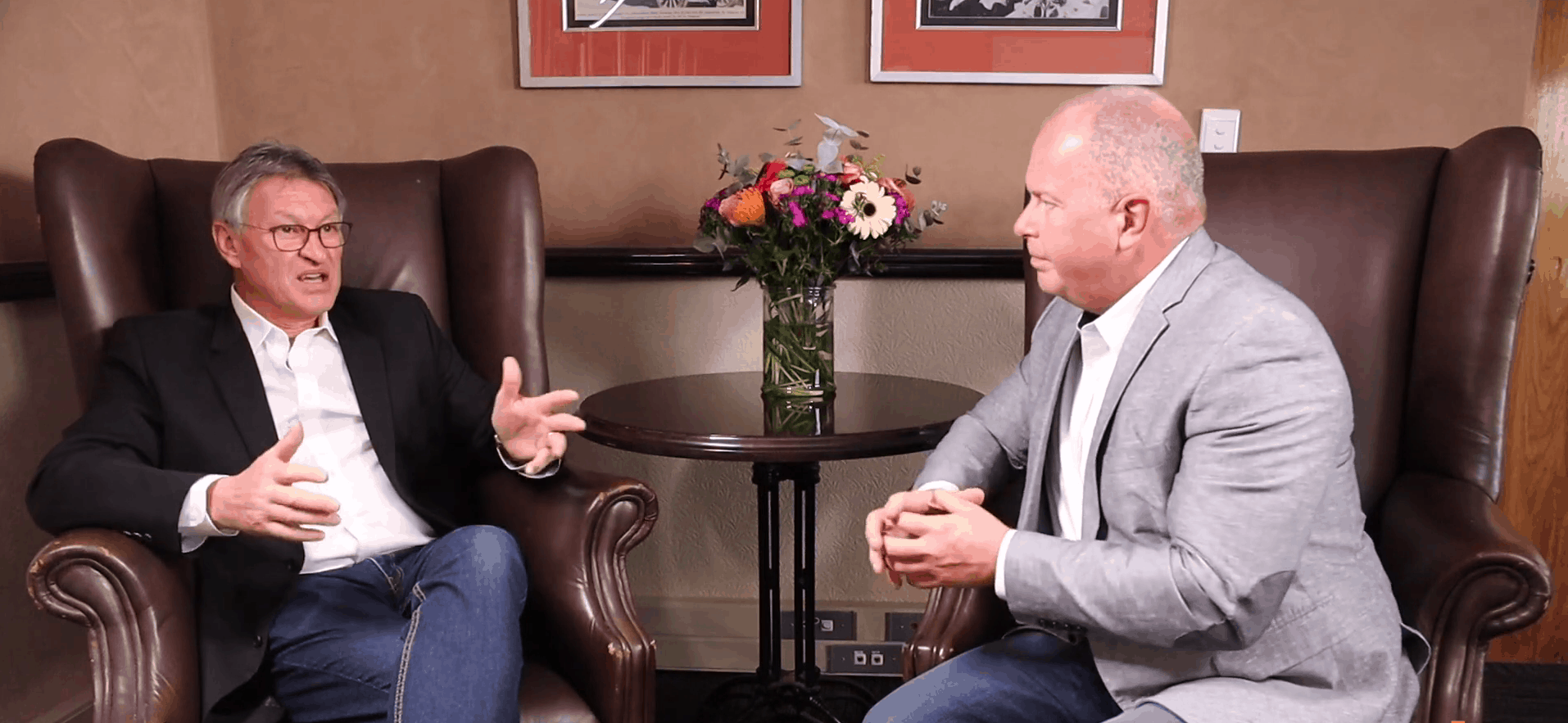Stef du Plessis is a thought leader in employee engagement and workplace culture space. There are very few professionals in the HR advisory field with depth, brevity, and perspective than Stef. He is a leader in the coaching and consulting industry and speaks articulately on what it takes to get engaged employees in the workplace with authority.
Interview Summary
JH: Employee Engagement has turned into a bit of a buzz word, and everyone seems to throw it around like it is an easy fix. What is the ground truth on Employee Engagement?
SdP: I think that most employees don’t care about company vision, mission, and strategies. And most employees don’t care about company values. I know this because I work with organizations that are trying to embed their values into the organization. And frankly, they are excellent values that would make it a great place to work. But after years of trying, they are still battling to get their people to demonstrate those values.
Here is an excellent example of how to find values within the organization. For instance, if a new employee came to work on day one and did not go to corporate onboarding, (where they would have learned the values) and we took the posters down.
Let’s now put that new employee in the workplace. That new employee would see the values enabled in real-time with real examples. So then we would ask them later, so what were the values? And they would tell us what should be on the poster. And that’s not happening in organizations.
And I think it’s straightforward. I believe that Maslow told us what’s wrong. I think he said certain things have to be in place before other items can be in place. And I think that what needs to be in place is what I call one’s life score. Because everyone you meet is indeed carrying a load that you cannot see. This life score is the things that are going on around all of us (like, the birth of a child, or a sick parent, etc.). Tonight an employee may have to go home broken and empty, with nothing left to give to those that matter most. And if we can help people understand that we should embed ourselves in what we are doing here, we can make this a better place for everyone! And then we can also achieve that one primary thing that everyone is trying to achieve, whether they know it consciously or not.
JH: If everyone carries this “life score” around with them, how does the leadership team inspire them with more than just “words on paper” or a poster?
SdP: I’ve worked in 50 countries over the last 30 years with some fantastic companies. I provide them with this advice; we want our lives to matter; we want to do something meaningful and leave behind something bigger than us. We want to build something that when somebody looks at it, they say, “Hey, I built that! Look, there’s my brick”. And if we help them to understand why they should do that, not for the company, not for the balance sheet, not for the customers, or shareholders, and not for the quality. Not even for safety. They need to do that so that they don’t go home broken and empty at the end of every shift. If we can do that, it is a win for everyone. This is not easy, nor is it a quick fix. But in some of those companies, if we can give people a reason to come to work, I think we can get employees engaged.
Key Leadership Takeaways:
- Real buy-in from your employees comes from the leadership behaviors at each level of the organization. To have authentic engagement, employees must feel (and see) that they are apart of it.
- Each one of us is human. No matter where we sit in the organizational hierarchy, we all carry the joys and burdens of life. Leaders need to be mindful of the “life score” that others bare and work for a greater connection to their teammates.
What are your thoughts on Stef’s perspectives? Please post your comments below and let us begin building a tribe of people who have a passion for followership, mentorship, and leading!







